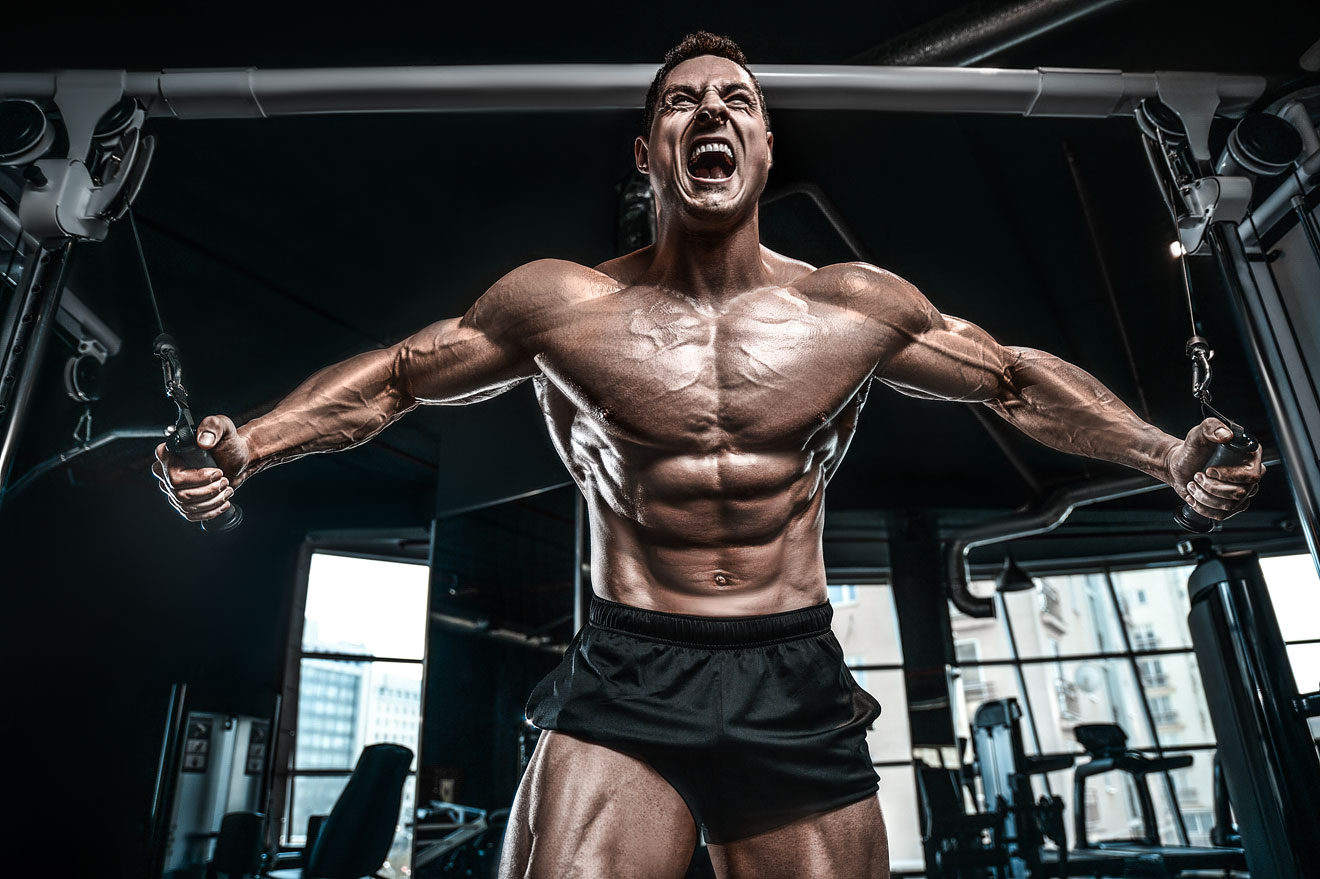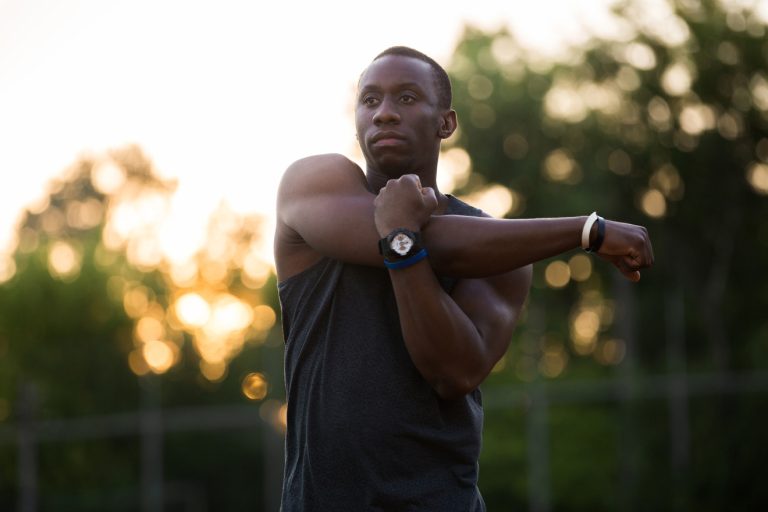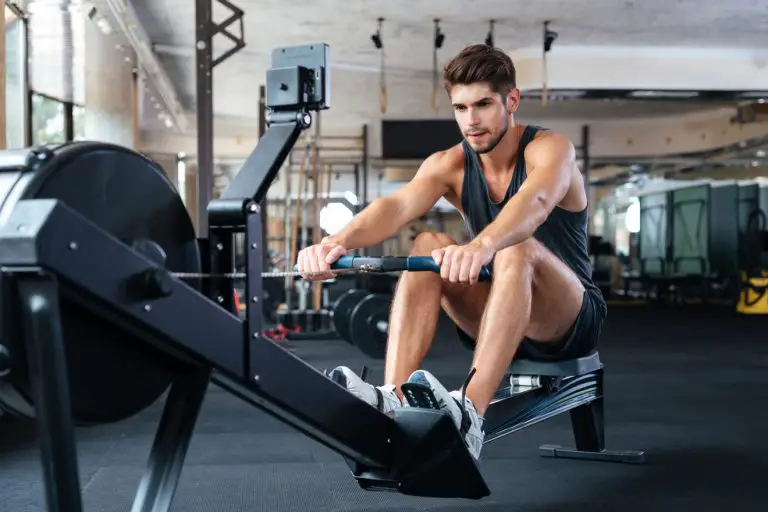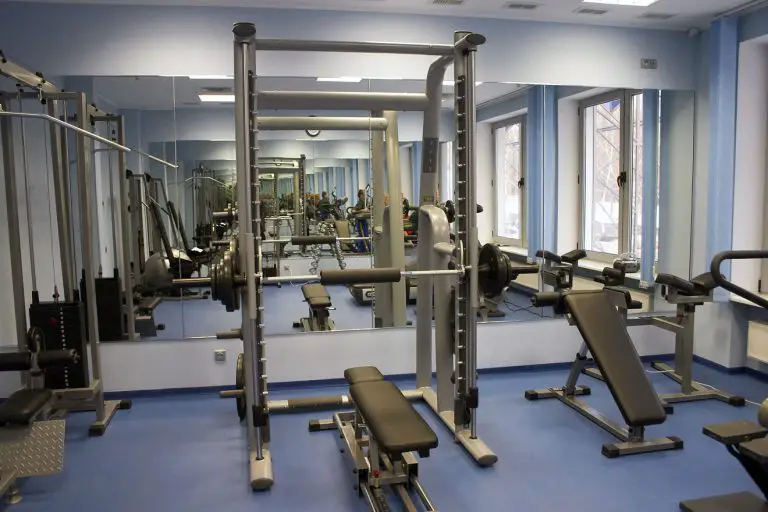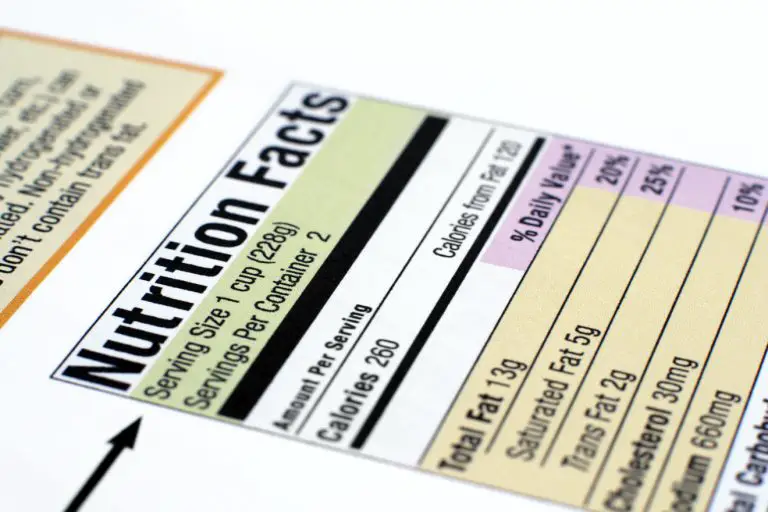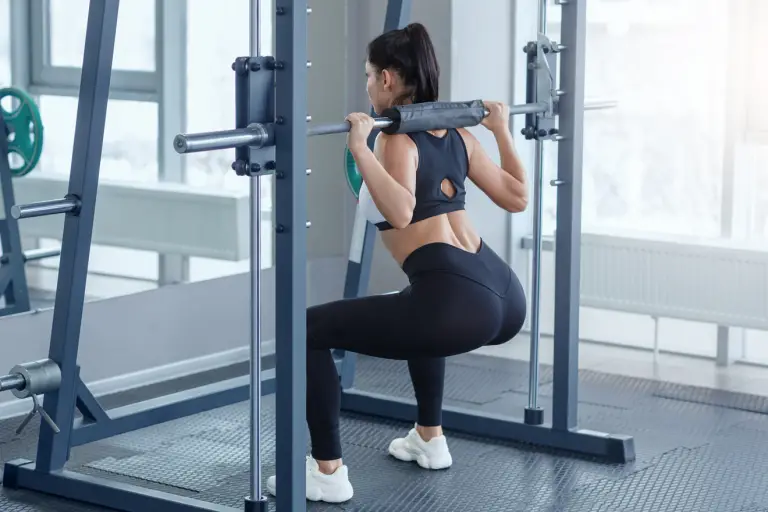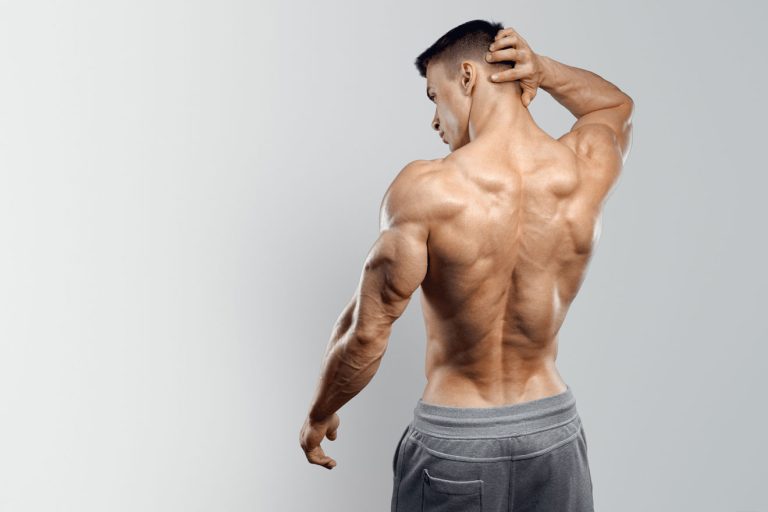How to prevent varicose veins during strength training
Varicose veins are swollen, twisting veins caused by damaged valves inside veins that allow blood to collect in pools within them and cause stretching of veins. Varicose veins typically appear in legs due to physical activity putting undue strain on blood returning back to its source, slowing its flow back towards the heart.
Strength training can help enhance overall health, build muscle, and increase endurance. Unfortunately, lifting heavy weights can sometimes place added strain on veins in your legs, increasing the risk of varicose veins over time. When lifting is combined with prolonged standing postures that cause more strain than is healthy for circulation of blood through veins, complications may arise that increase risk.
This article explains how you can protect your vascular health by lifting smartly and taking preventive steps. By making some minor adjustments, you can decrease the risk of varicose veins while continuing to build muscle and strength.
Understanding varicose veins
Varicose veins are enlarged, twisting veins caused when the valves within veins weaken or become damaged, disrupting normal blood flow back to the heart. The blood pools in the veins, causing them to stretch out into varicose veins. This is particularly prevalent in legs, which bear most pressure when standing or exercising.
Strength training, particularly lifting heavy weights, increases abdominal and leg pressure. This pressure can impede blood circulation back to the heart, making veins work less effectively over time and eventually contributing to varicose veins by forcing more blood into them than usual.
Varicose vein symptoms often include leg ache, weightiness, and swelling. Untreated, varicose veins can progress into venous insufficiency, where blood flow becomes severely restricted, causing skin changes, ulcers, and chronic discomfort.
The connection between strength training and vein health
Strength training exercises, such as squats and deadlifts, can be highly effective at building muscle and strength, but they also increase intra-abdominal pressure. When lifting heavy weights, abdominal contraction occurs, which increases intra-abdominal pressure significantly. This pressure affects not only muscles but also the veins in the legs, which have to work harder to push blood back towards heart, potentially leading to blood pooling in the veins and increasing the risk of varicose veins.
Prolonged standing during strength training sessions can have detrimental effects on vein health. Prolonged standing, especially when weightlifting, inhibits circulation in the legs. The longer an athlete stands still, the harder it is for blood to return to their heart, ultimately leading to swelling, heaviness, and, eventually, varicose veins.
There are specific risk factors that make certain gym-goers more prone to varicose veins. Genetics play a large role—if you have a family history of varicose veins, you may be more likely to develop them. Age is also a factor, as veins become weaker with age. Women are more prone to varicose veins than men are due to hormonal changes. Additionally, long periods of standing or sitting during training can further increase the risk.
Preventive measures to protect your veins during strength training
1. Focus on breathing techniques: Breathing properly during weight training is key to decreasing abdominal pressure. Holding your breath while lifting heavy loads causes an increase in abdominal pressure that puts strain on your veins. To alleviate this situation, you should exhale during each lift to release the pressure on your veins and promote better circulation.
2. Incorporate leg exercises that promote circulation: Exercises such as calf raises and walking lunges can strengthen leg muscles while increasing circulation in the lower extremities, thus decreasing risk of blood pooling in veins.
3. Take breaks to walk or stretch: Standing or sitting for extended periods can hinder blood flow and increase the risk of varicose veins. To keep blood flowing freely and reduce strain on veins, take short breaks during your workouts to walk or stretch and keep blood moving. This prevents pooling of blood in veins and reduces strain on veins.
4. Stay hydrated: Staying hydrated is critical for maintaining healthy blood flow. When you are dehydrated, blood becomes thicker, making it harder for veins to pump it back to the heart. Drinking water throughout the day, especially during workouts, helps prevent this issue and supports overall vein health.
5. Use compression gear: Wearing compression socks or leggings during and after strength training can provide additional support to the veins. Compression gear helps promote blood flow and reduces the likelihood of blood pooling in the legs.
Lifestyle adjustments to improve vein health
Healthy diet for vein health
Diets rich in fiber, antioxidants, and omega-3 fatty acids can support healthy veins by reducing inflammation and improving circulation. Fiber helps prevent constipation, which increases pressure on veins. Antioxidants fight oxidative stress that damages blood vessels. Omega-3s (found in foods such as fish and flaxseed) enhance blood flow while decreasing risk of inflammation in veins.
Maintain a healthy weight
Carrying extra weight puts extra pressure on veins, making it harder for blood to return to the heart, and eventually leading to varicose veins. By maintaining a healthy weight and decreasing stress on veins, you can reduce this burden and improve overall circulation.
Avoid prolonged sitting or standing outside the gym
Sitting or standing for extended periods, even outside of training sessions, can limit blood flow and cause it to pool in veins, so taking regular breaks to move and stretch will help promote healthier circulation.
Prioritize rest and recovery
Allowing yourself time for recovery between workouts gives your veins time to recover from strength training’s strain on them, and elevating legs during rest periods may help increase circulation and reduce swelling.
When to seek medical advice
Signs that require medical attention
If you experience severe swelling, leg pain, or visible veins that don’t improve with preventive measures, it is wise to seek medical advice immediately. These could be indications that your vein health is worsening, and postponing treatment could result in even more serious consequences.
Treatment options
For gym-goers experiencing significant vein issues, minimally invasive treatments such as sclerotherapy and laser therapy may offer quick relief and recovery, so training can continue as scheduled, with reduced risk of long delays.
Consult a vein specialist
Gym-goers who experience persistent symptoms should consult a vein specialist for a thorough evaluation. For those training in New York, vein doctors in Brooklyn can provide professional guidance and treatment options tailored to your needs.
Conclusion
Strength training doesn’t lead to varicose veins if proper precautions are taken. Engaging in good breathing practices, wearing compression gear, and remaining physically active between workouts can help to prevent varicose veins. Adopting healthy habits is crucial to long-term vein health. Eating a diet rich in nutrients, staying hydrated, and resting enough will not only benefit your veins but also enhance athletic performance overall. By prioritizing these behaviors, you can keep your veins healthy while training confidently.

